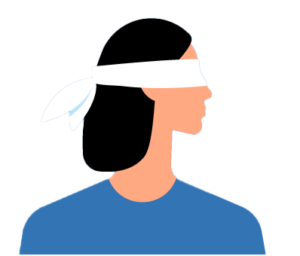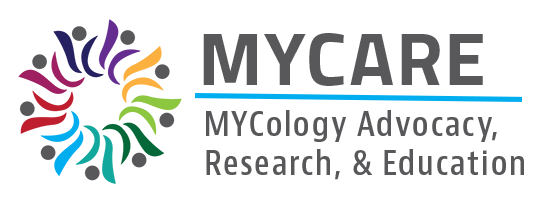HOW DO CLINICAL TRIALS WORK?
Who Can Join a Clinical Trial?
People join clinical trials for different reasons, and researchers usually need two types of participants: those with a specific illness and those without.

- Patient Participants: These are people who have the condition being studied. Researchers need patient participants to test if new treatments, tests, or ways to prevent illnesses are safe and efficacious. Not everyone in a trial gets the new treatment; some may receive a placebo, which looks like the treatment but doesn’t have active ingredients. Researchers compare the results of different treatments to learn what works best.
- Healthy Participants: These are people who don’t have the condition being studied. Researchers need healthy people to see how a treatment affects people without any related health problems. This helps them compare side effects and results. Healthy participants don’t usually get any direct benefits from the trial, but their participation helps advance science.
Will I Get the New Treatment?
Clinical trials are set up in different ways, but most have common features:

- Blinded or Masked Studies: These are designed to make sure the results are fair and unbiased.
- In single-blind studies, you don’t know what treatment you’re getting, but the research team does.
- In double-blind studies, neither you nor the research team knows what treatment you’re getting. Only the pharmacist knows. If there’s a medical emergency, the research team can find out.
- Randomization: Participants are randomly assigned to a treatment group instead of being chosen for one. This helps researchers compare treatments fairly. If one treatment is clearly better, the trial may stop early so all participants can get the better option.
What Happens When a Clinical Trial Ends?
When a clinical trial finishes, researchers study the information they collected to figure out the results. They often share these findings in scientific journals so other researchers can learn from them and build on the study. Before your time in the trial ends, the study team should explain if and how you will receive the results. If they don’t, be sure to ask.
After the trial, researchers decide what the results mean and whether more testing is needed. For early trials (Phase I or II), they determine whether to move forward with testing or stop if the treatment isn’t safe or effective. For Phase III trials, they analyze if the results are important enough to change medical care.
The results are often published in scientific articles, shared at meetings, or highlighted by patient groups. If the treatment is proven safe and effective, it may become a new standard for medical care. If you participated in a “blinded” study, you may find out which treatment you received.


